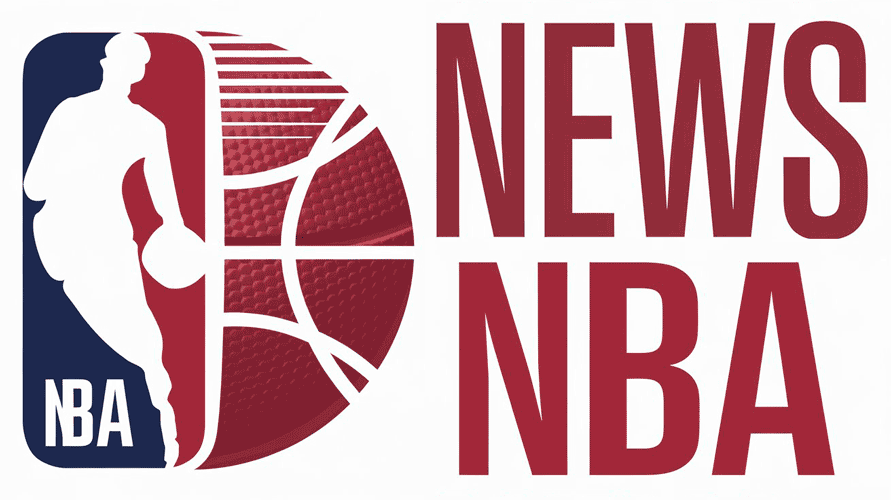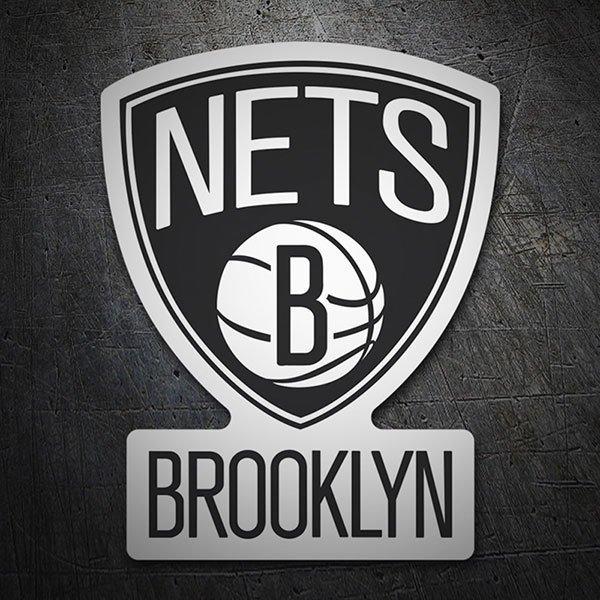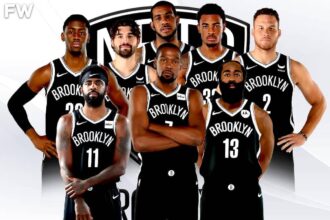Brooklyn Nets general manager Sean Marks has confirmed that the team will not be utilizing additional salary cap space this season, signaling a cautious approach to roster building. Speaking to reporters, Marks emphasized the organization’s commitment to stability and long-term planning, despite the availability of financial flexibility. This announcement comes amid ongoing speculation about potential acquisitions as the Nets aim to strengthen their lineup for the upcoming NBA campaign.
Sean Marks Addresses Nets Cap Space Strategy Amid Market Dynamics
Brooklyn Nets General Manager Sean Marks recently clarified the team’s approach to managing their salary cap in response to the evolving market. Despite having considerable cap space, Marks emphasized that the Nets are not planning to pursue additional major contracts this offseason. Instead, the focus will be on maintaining roster flexibility and developing the current core rather than chasing high-profile free agents. This strategic restraint comes amid a market where player values are fluctuating, and the Nets aim to avoid overspending in a volatile economic environment.
Marks outlined several key factors guiding their decision-making process:
- Prioritizing financial flexibility to adapt to potential mid-season opportunities
- Leveraging internal player development as a cost-effective alternative
- Preserving cap room for future strategic moves rather than immediate large signings
| Cap Space Available | Planned Usage | Key Priority |
|---|---|---|
| $35 million | Minimal immediate expenditure | Roster flexibility |
| Not expected to sign max contracts | Focus on role players & development | Build sustainable core |
Evaluating Impact of Cap Space Decisions on Nets Roster Construction
The decision by Sean Marks to refrain from leveraging additional cap space signals a strategic pivot in how the Brooklyn Nets will shape their roster moving forward. Instead of pursuing blockbuster signings or high-risk contracts, the front office appears committed to fostering internal development and maintaining financial flexibility. This approach not only preserves room for future transactions but also allows the organization to avoid potential luxury tax penalties, creating a sustainable model for long-term competitiveness.
Brooklyn’s roster construction will now focus heavily on maximizing current assets and targeting undervalued talent through draft picks and savvy trades. Key considerations emerging from this plan include:
- Cap space allocation: Prioritizing mid-level exceptions and avoiding cumbersome extensions.
- Player development: Emphasizing growth opportunities for younger prospects already on the roster.
- Trade flexibility: Keeping contracts manageable to facilitate future moves at the deadline or in the offseason.
| Roster Component | Impact | Strategy Moving Forward |
|---|---|---|
| Veteran Contracts | Cap-heavy, limits flexibility | Monitor for trade opportunities |
| Young Talent | High upside, cost-controlled | Focus on development and integration |
| Draft Picks & Assets | Flexible currency for trades and roster upgrades | Utilize strategically to acquire value-added players |
In summary, the Brooklyn Nets’ front office is embracing a cautious, calculated approach centered on sustainable growth and adaptability. By prioritizing young talent, smart asset management, and preserving financial agility, the organization positions itself well to navigate the evolving landscape of the NBA while maintaining competitiveness both now and in the future.
If you’d like, I can also help you with additional content, formatting tips, or alternative summaries!
Recommendations for Maximizing Team Potential Without Additional Spending
Maximizing the Brooklyn Nets’ roster without dipping further into cap space demands a strategic focus on internal development and fostering synergy among current players. Leadership must prioritize optimizing player roles based on skill sets, ensuring that each member operates at peak efficiency within the existing system. Emphasizing film analysis, tailored training regimens, and situational adaptability can unlock hidden potential-turning average performances into consistent contributions. Additionally, leveraging veteran experience to mentor younger talent can accelerate growth without incurring extra costs.
Team culture and communication also play vital roles in squeezing more value from the current roster. Coaches and staff should implement structured feedback loops and encourage open dialogue, cultivating an environment where players hold each other accountable while supporting collective goals. The table below highlights key areas to focus on for improving on-court performance without financial outlay:
| Focus Area | Action | Expected Outcome |
|---|---|---|
| Role Clarity | Define precise responsibilities for each player | Improved efficiency and less overlap |
| Skill Development | Targeted practice sessions for weak spots | Enhanced overall execution |
| Team Chemistry | Regular team-building activities | Stronger cohesion during games |
| Communication | Structured feedback and meetings | Faster in-game adjustments |
Future Outlook
As the Brooklyn Nets continue to navigate a complex financial landscape, Sean Marks’ reaffirmation that the team will not pursue additional cap space signals a strategic shift towards stability and long-term planning. With the offseason unfolding, all eyes will remain on how the Nets balance their roster ambitions within these constraints, aiming to build a competitive squad without stretching their financial limits.














